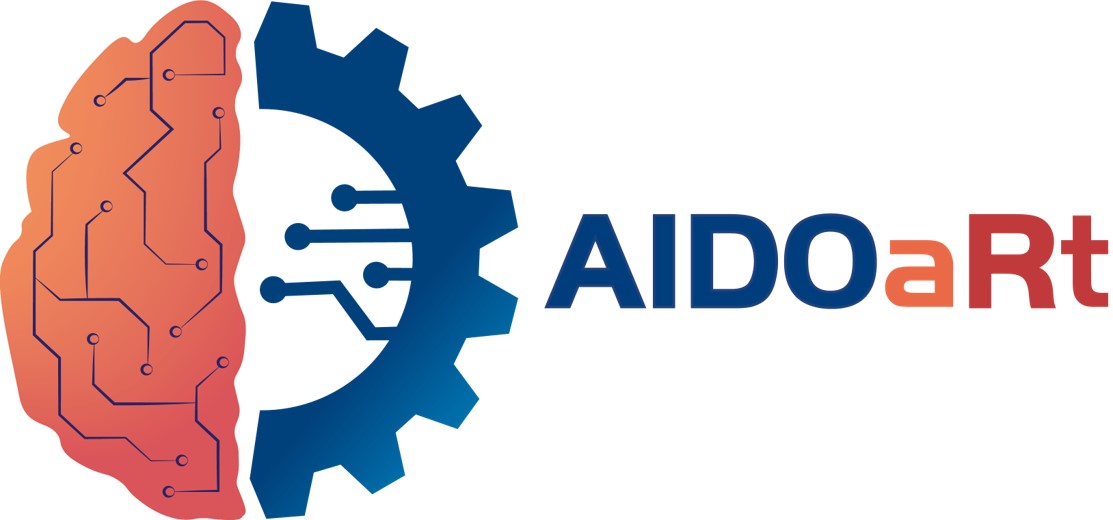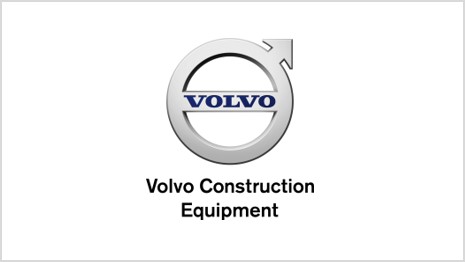Text
Data modeling to support product development cost and efficiency

Photo: https://unsplash.com/
In the traditional product development context, feature, and functional-based development have played a major role. However, this has led to over-specification of systems with respect to actual customer operational needs, as well as higher development, production, and maintenance costs over the product life cycle. With rapidly changing technological advances (e.g., emobility, autonomous), the focus has shifted to more optimized products and leaner development approaches. Another emerging dimension is the provision of comprehensive solution offerings, such as services connected to products.
To support these challenges besides functional modeling alignment with data modeling, it has become necessary to simulate the product characteristics, evaluate functional models, and configure and optimize product and service offerings. In this use case, we intend to unify many data dimensions (e.g., geometric data, functional parameters, operational data) and create a data repository to configure and optimize performance of products and systems in the operational phase.
As of today, some data sources exist while others, like operational data, are missing. While model-based development has taken a prominent role in current development processes, leading to increased efficiency and shorter time to market, there is still a lack of methods to analyse and validate models with respect to actual data coming from the system. This use case will focus on the use of data collection and AI/ML analysis techniques to improve the model-based development process with the main goal of designing a holistic model-based enterprise approach integrating data sources into the life cycle of products.
The Use Case involves system modeling and data modeling to support architectural analysis and system verification for a new generation of products integrating emerging technologies, namely, an autonomous hauler. The models will be based on existing functional models of traditional haulers. Additional functional views to support specific operational scenarios that involve the autonomous hauler will be modeled and integrated with the data modeling approach. Moreover, analysis techniques, such as simulation, will be integrated to support early analysis of system design.



%20European_Commission%20logo.png)
%20Picture2.png)